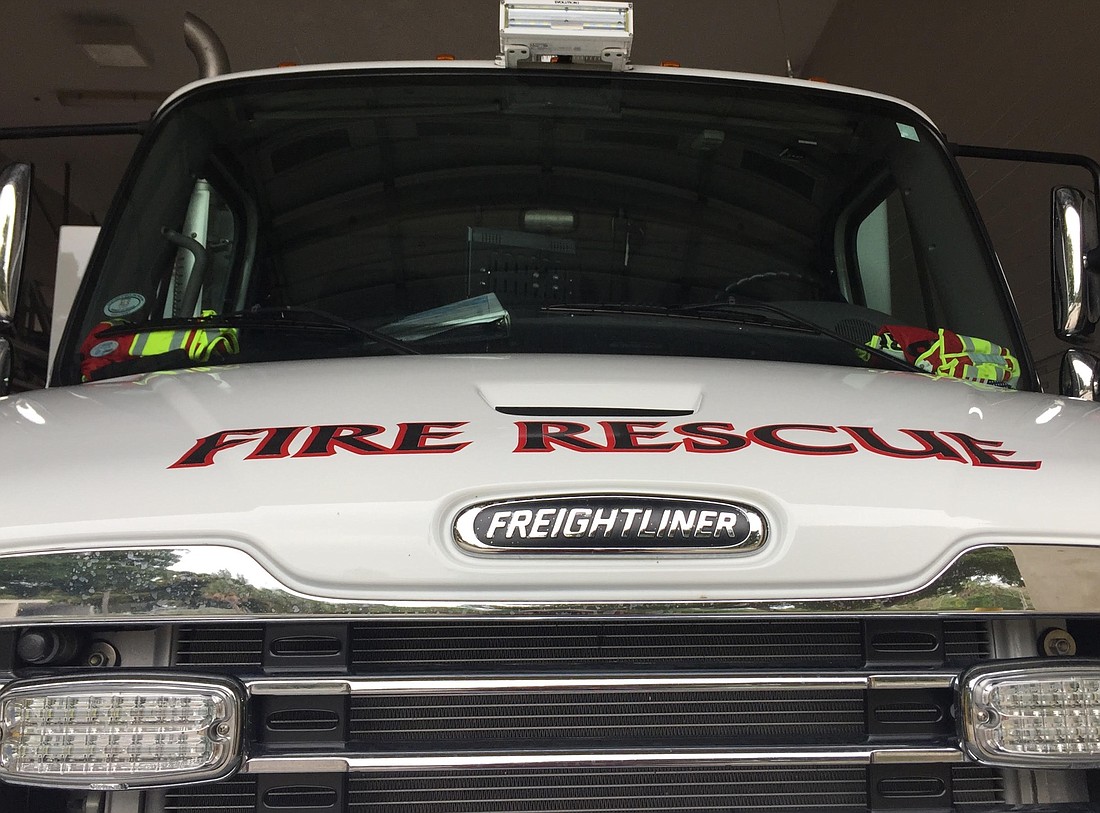- January 15, 2025
-
-
Loading

Loading

Generally speaking, a first responder’s job is providing care to those who need it. But the Longboat Key Fire Rescue Department has taken that job to a new level through an aptly named avenue: the CARE Program.
CARE stands for Community Assistance, Resource and Education. For three years, the free program has aimed to decrease repetitive calls to 911 by targeting four areas: diabetic care, cardiac and respiratory conditions as well as falls.
The program starts with outreach.
Department liaison and public information officer Tina Adams pores through a database sorted by the specific types of calls the CARE Program attempts to address. When she notices a resident who is calling 911 for the same issue repeatedly, Adams will call, introduce herself and ask if there’s anything the department can do to help.
For fall victims, who easily comprise the majority of CARE program clients, help usually entails going to the resident’s home, walking with them room by room and searching for tripping hazards such as electrical cords and misplaced or unflattened rugs.
One woman recently fell and broke her wrist. Despite being in “so much pain,” her follow-up appointment was scheduled for two weeks later.
“Chief [Paul Dezzi] and I actually went and met with her. We take their blood pressure, we just do a generic evaluation of them. And for about 30 days, keep an eye on them,” Adams said. “So [in this case] we make contact with the doctor's office. ... ‘Look, they're in excruciating pain, even with medication that they've been given. Is there any way that we can get the person in a little bit sooner?’ And they were able to get in the next day.”
Adams said she has helped a woman with a broken foot find services the latter could call and hire to help with laundry, cooking and other tasks around the house.
Adams has also found that many people, especially snowbirds, who fall under the four prongs of the CARE Program don’t have a primary care physician in Florida.
Adams isn't permitted to recommend specific physicians to them, but she can guide them through the process to help find someone more local. This is especially important for residents who fall under the umbrella of diabetic, cardiac or respiratory issues, some of whom may be calling 911 with symptoms that are more worthy of a trip to see a physician than emergency services.
“That's pretty much what the program is designed for,” Adams said, “to help cut back on those repetitive calls.”